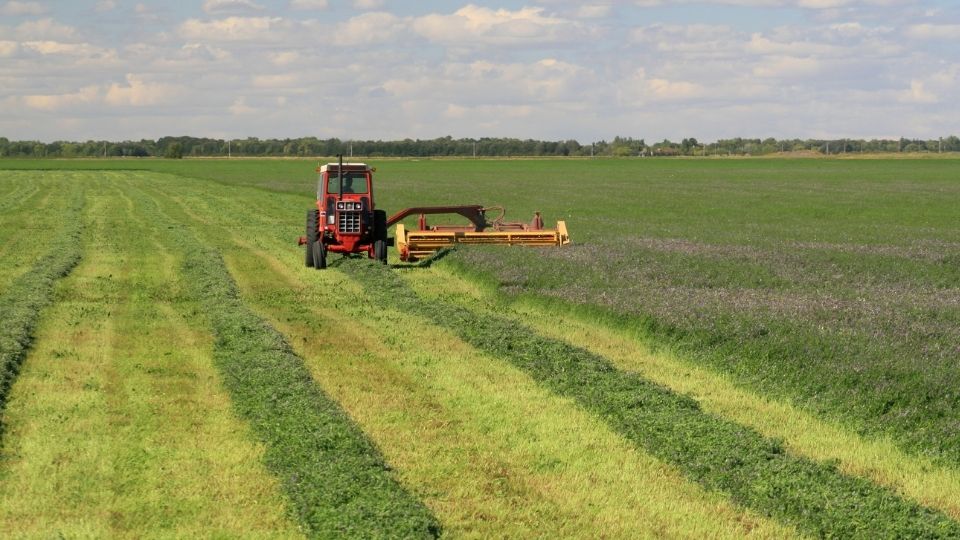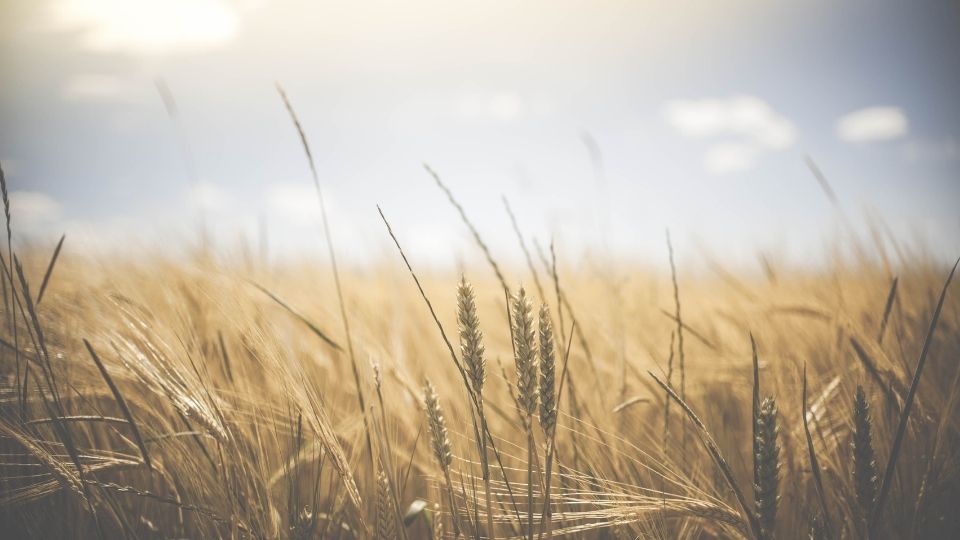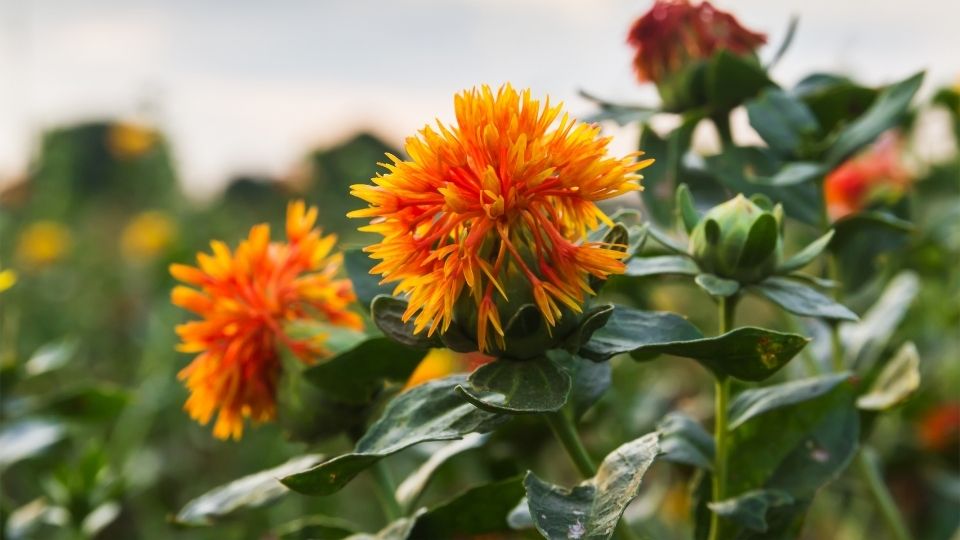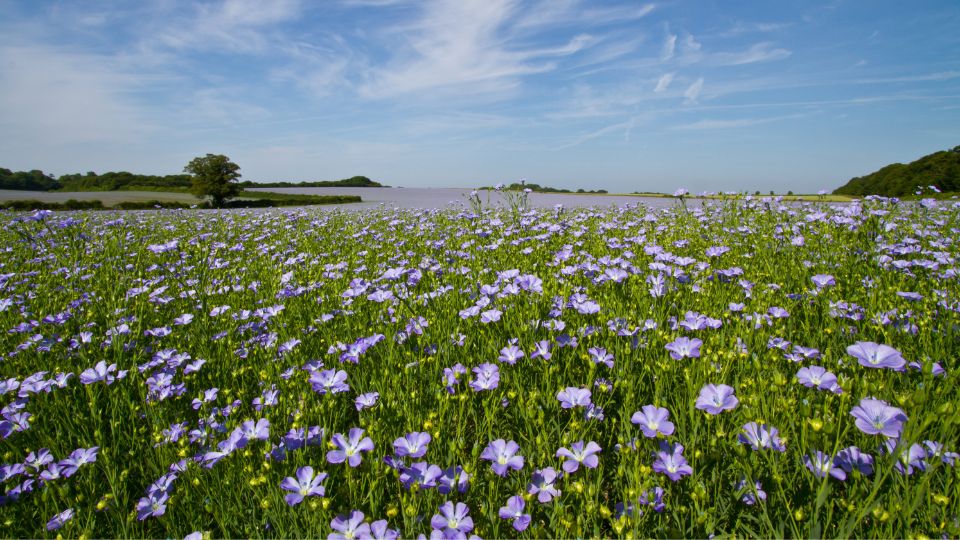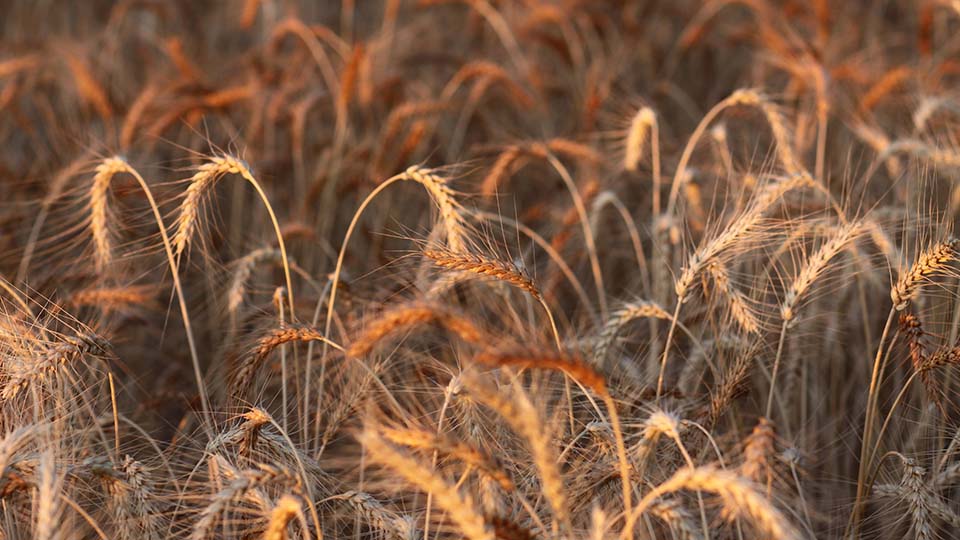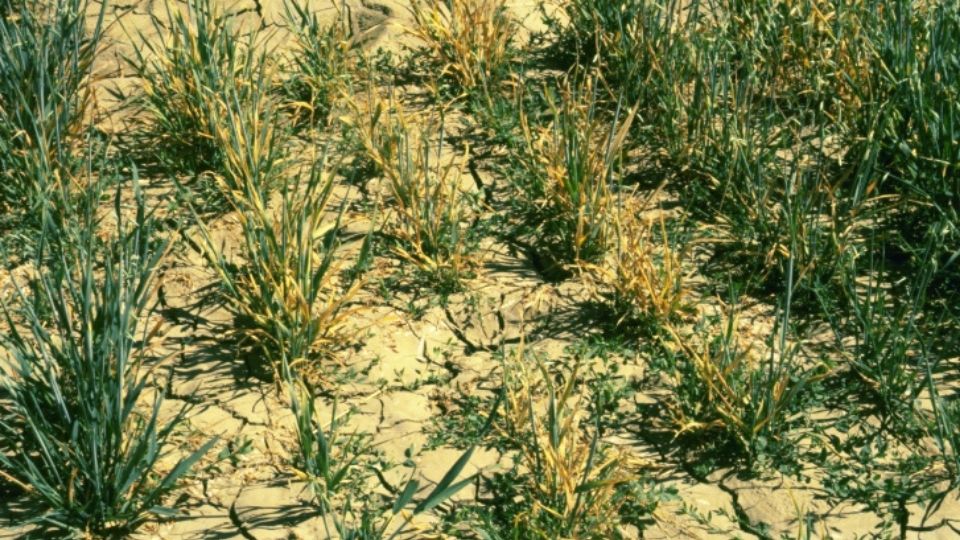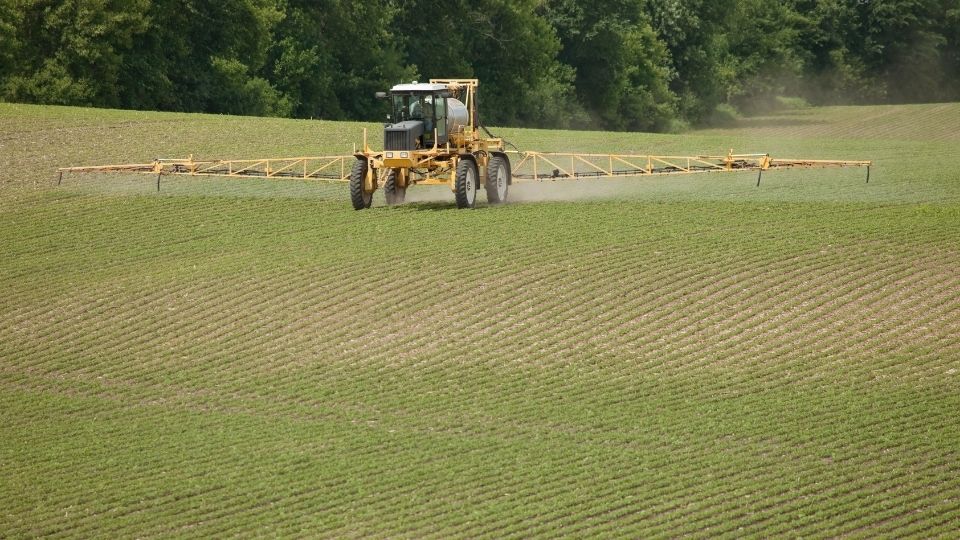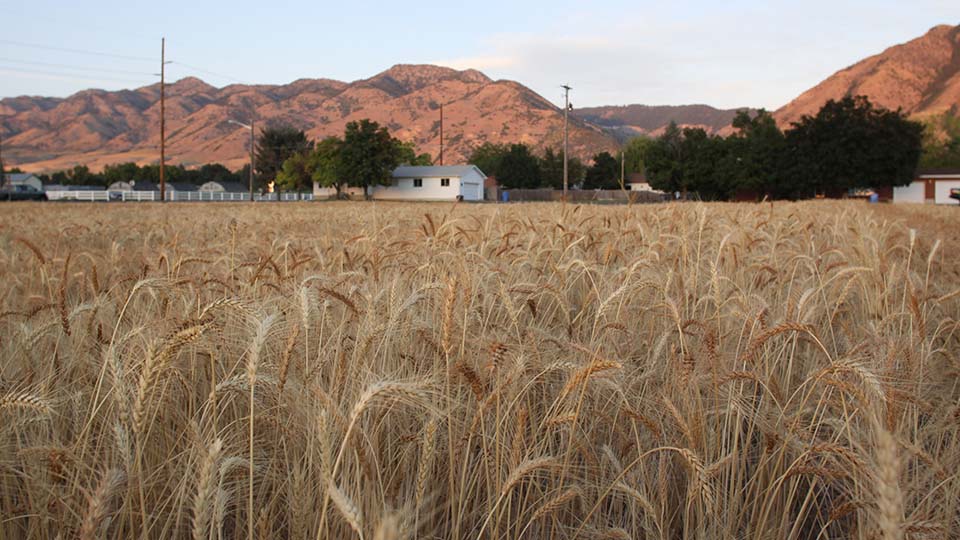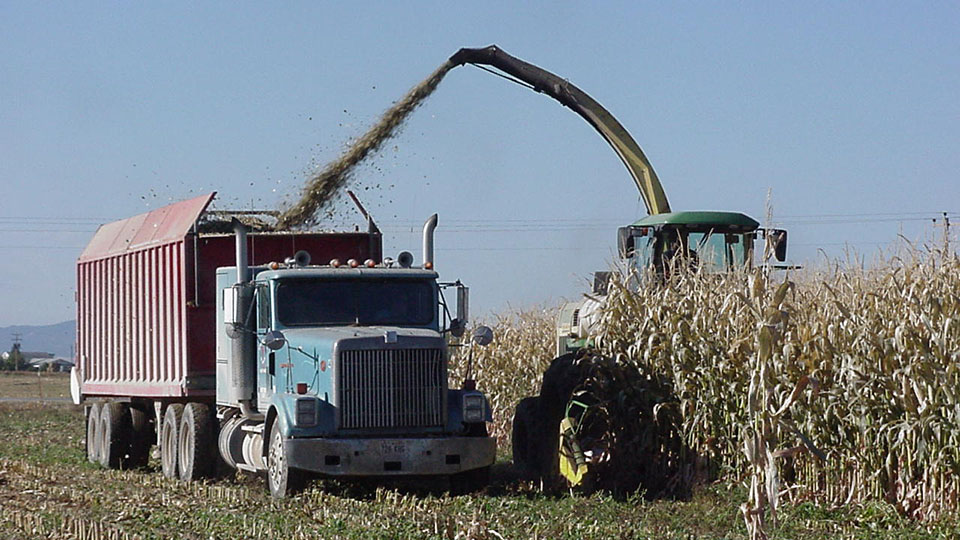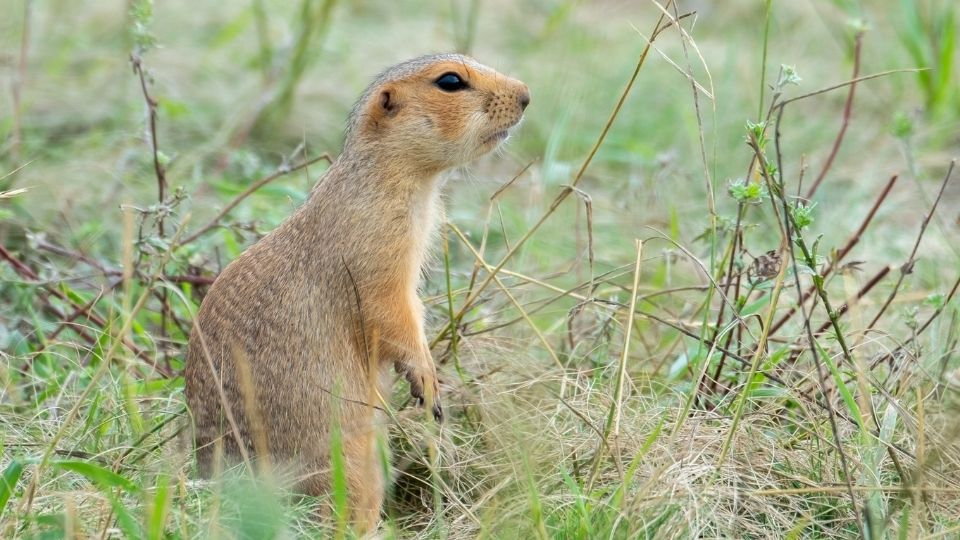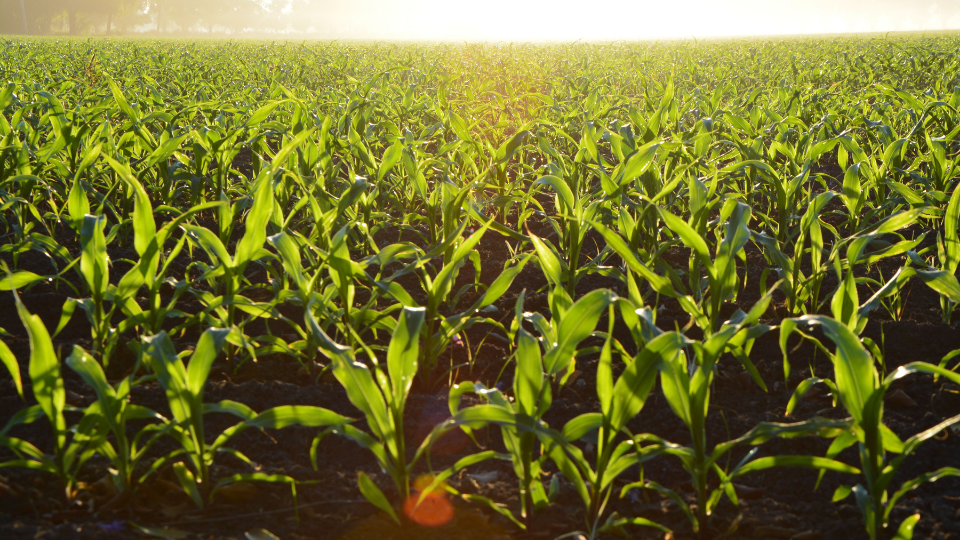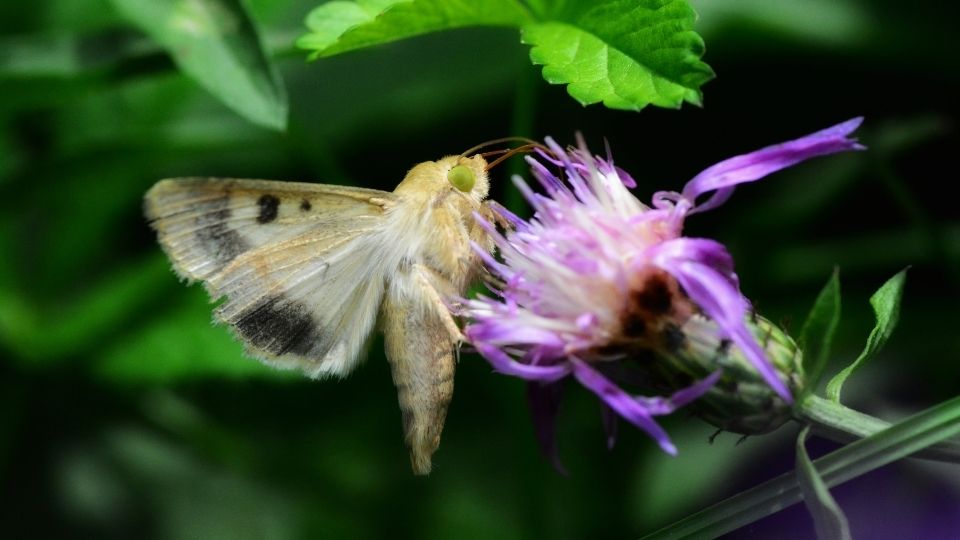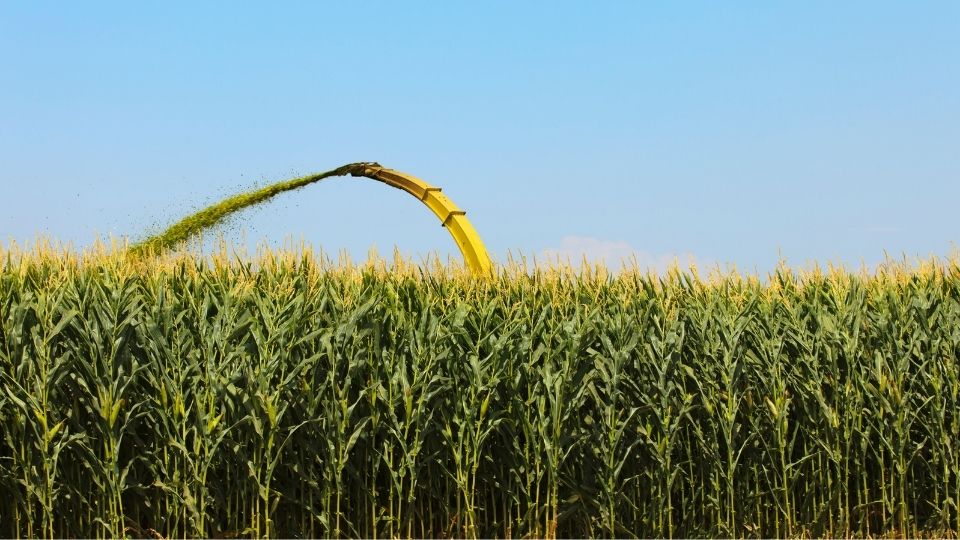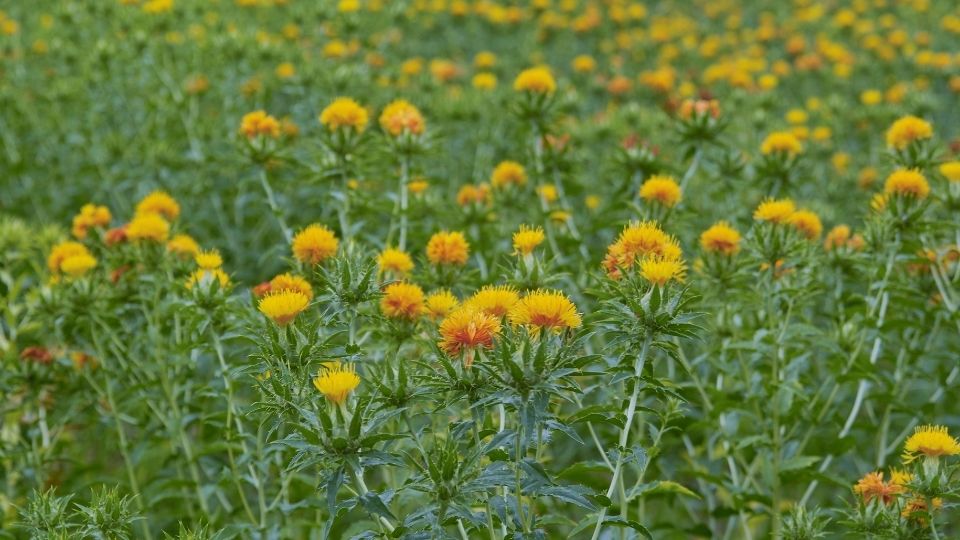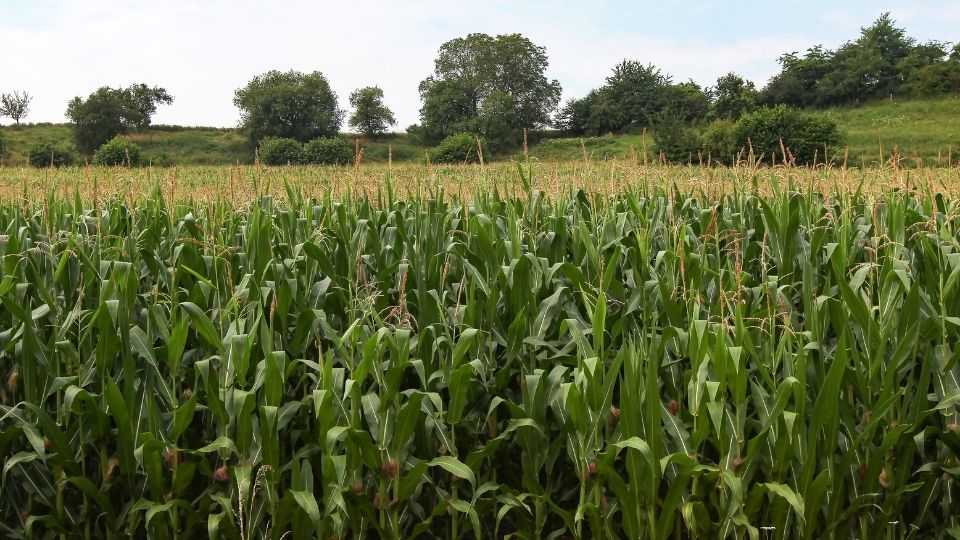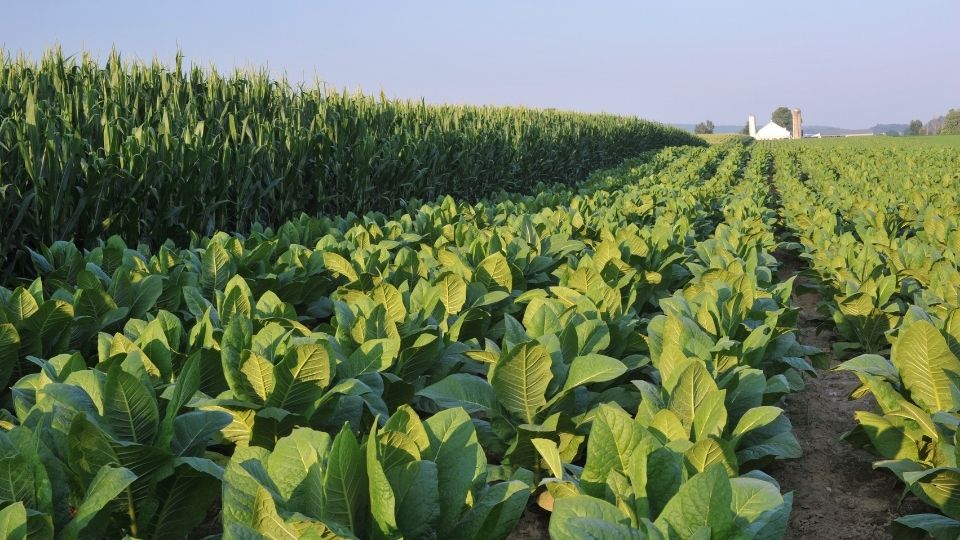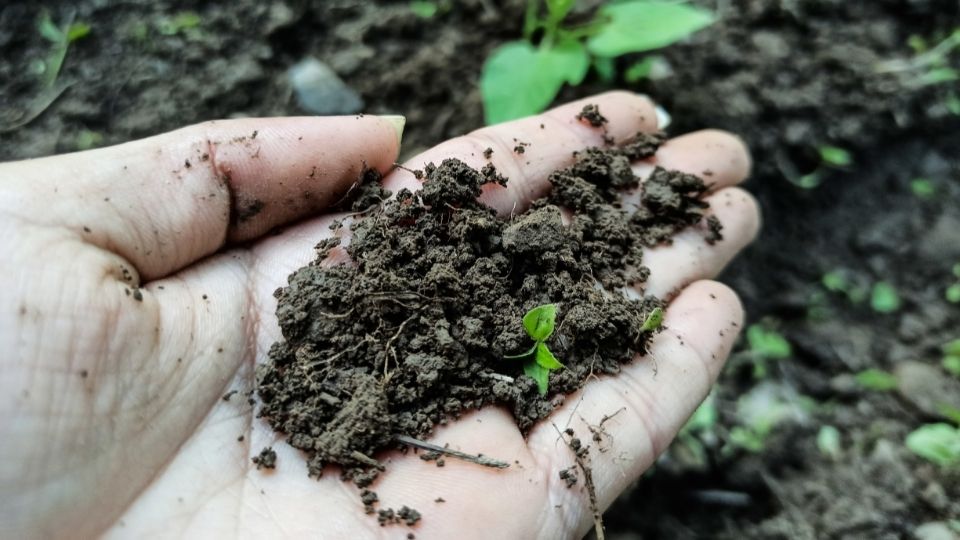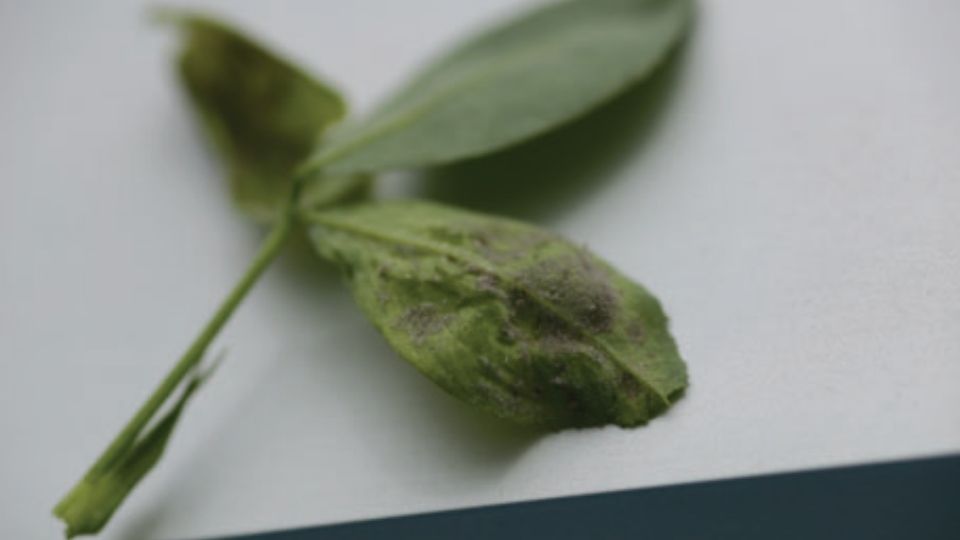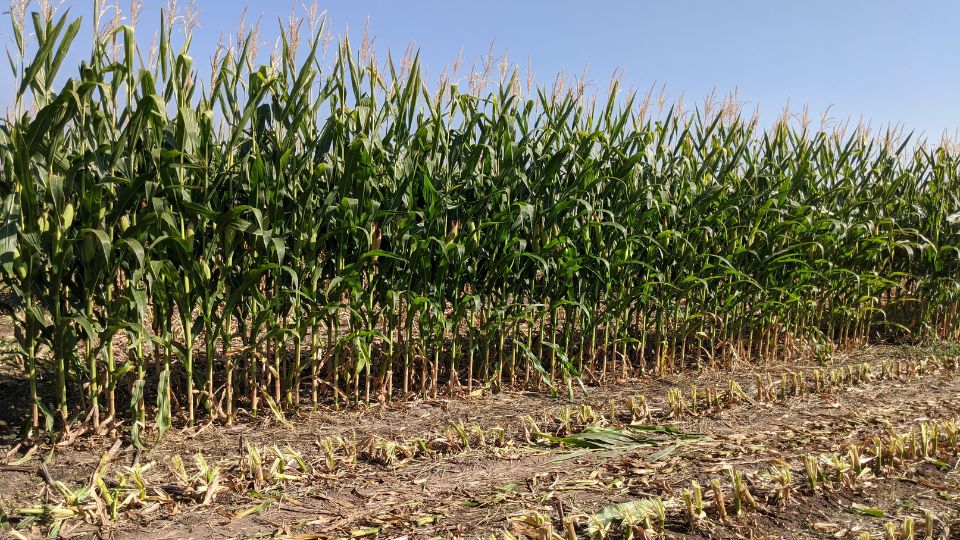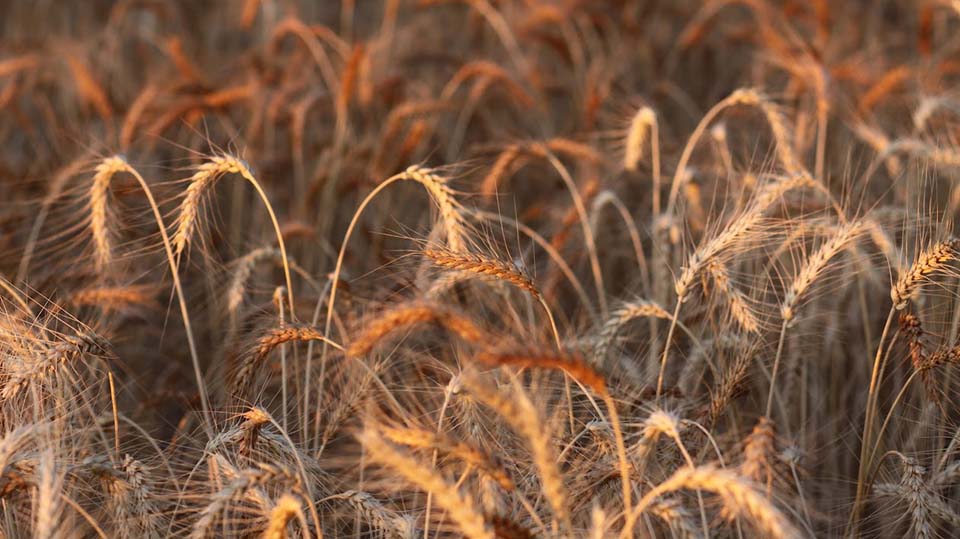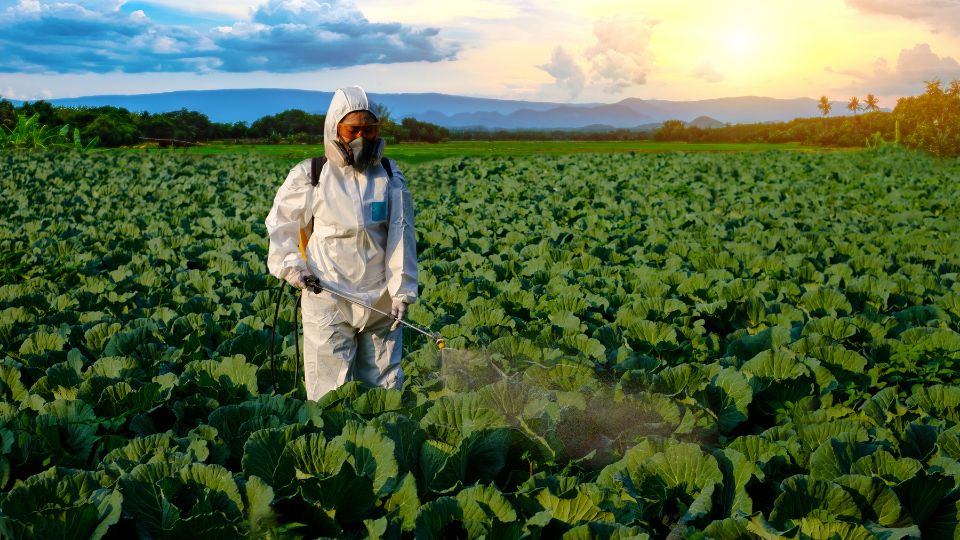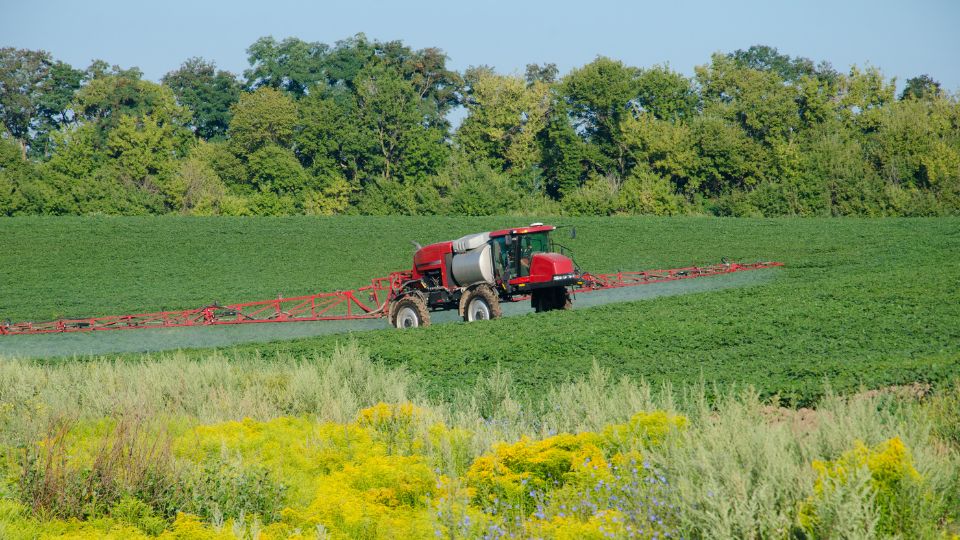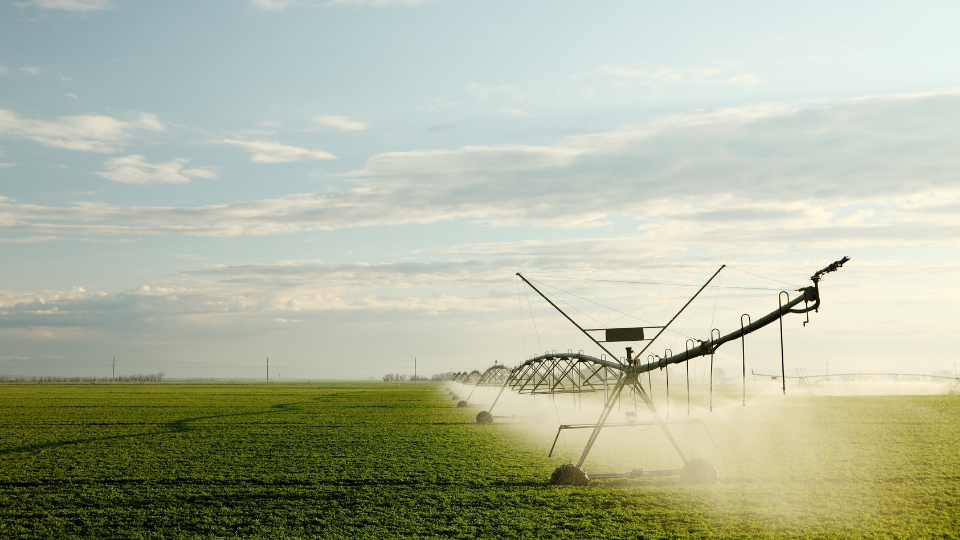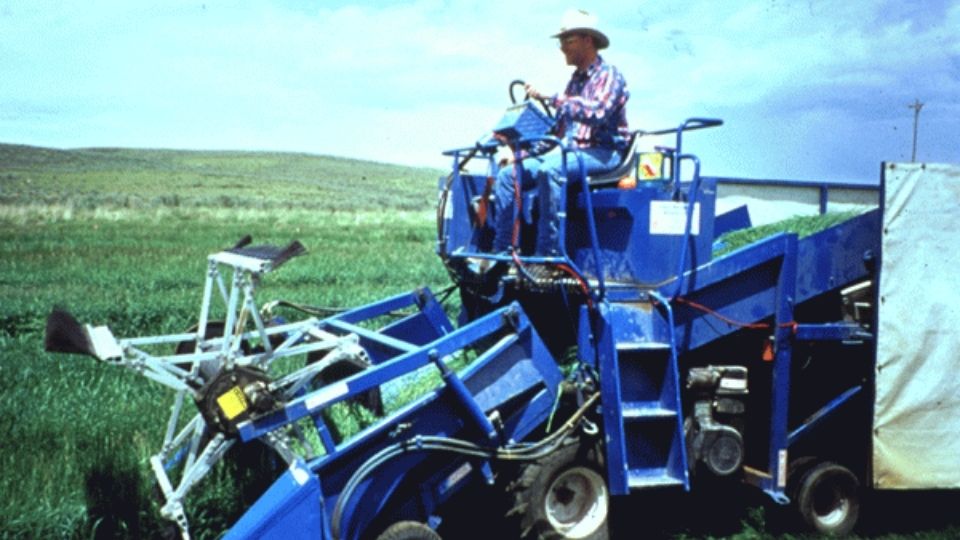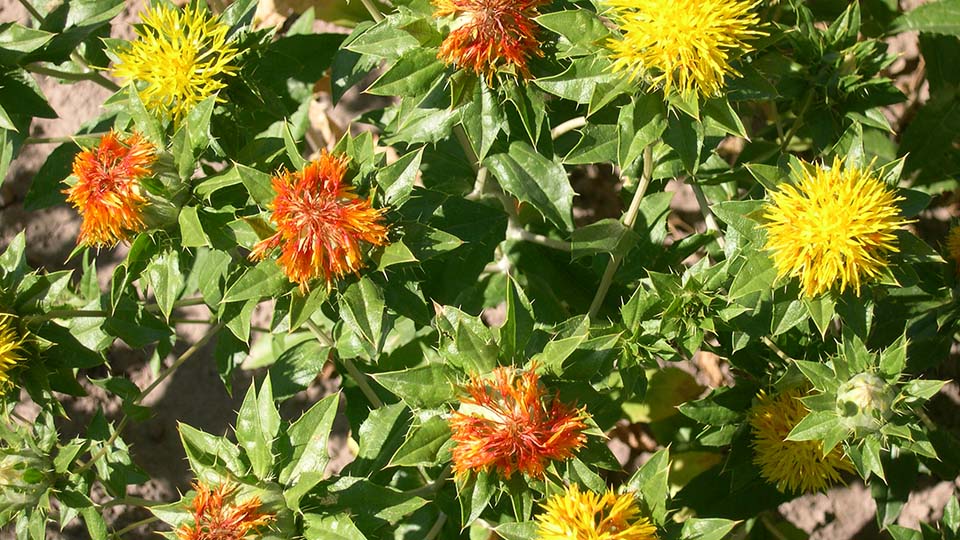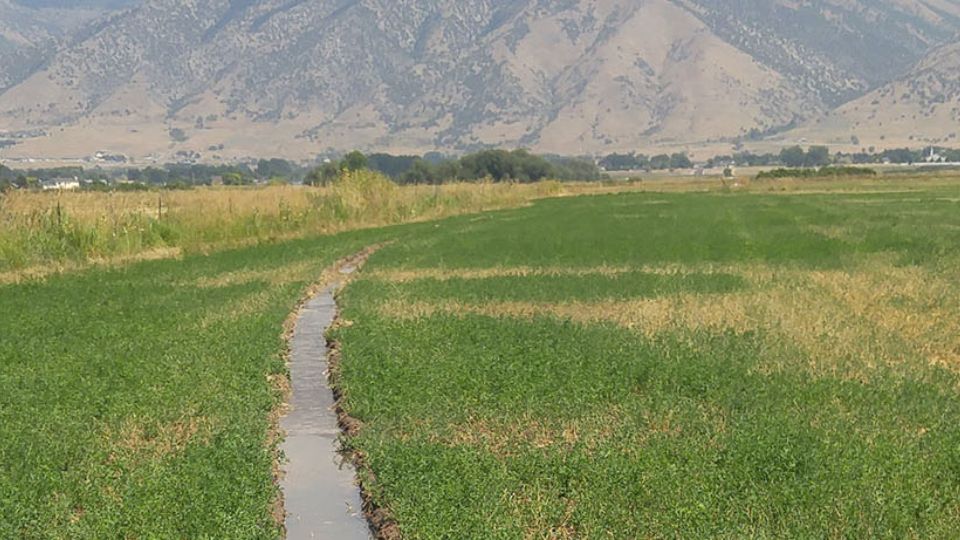Deficit Irrigation of Pastures

Introduction
Deficit irrigation is any irrigation level that does not meet the crop’s full evapotranspiration (ET) demand, meaning evaporation from plant and soil surface and transpiration through plant growth. This strategy is often a last resort for optimizing water use as opposed to those that will not limit production. However, deficit irrigation is often necessary in parts of Utah due to drought or inadequate water supplies. This was especially true in 2021–2022 due to record droughts. Deficit irrigation strategies for pastures have been developed, but they have yet to be compared and evaluated in Utah. This fact sheet summarizes 6 years of research on deficit irrigation of pastures in northern and southern Utah. This research included different periods of irrigation, short-season irrigation, nitrogen fertilizer additions, and different pasture grass species to evaluate how they influenced forage production.
Study Methods
Research Site Descriptions
Highlights
- Nitrogen fertilizer did not increase the ability of grass to handle irrigation deficits in Lewiston, but results were in a single year, and more work is needed.
- Cache meadow brome and tall fescue in Panguitch responded similarly to deficit irrigation, and both are well adapted to the practice.
- Irrigation through June usually resulted in similar yield as later irrigations. Be sure to irrigate through June for deficit irrigation.
- Deficit irrigation may save between 6–16 inches of water per acre in evapotranspiration.
The deficit irrigation studies were conducted in Lewiston, Utah, from 2013–2018 and Panguitch, Utah, from 2016–2020. The Lewiston site, located at the Utah State University (USU) Lewiston Pasture Research Farm (41°56'57"N, 111°52'16"W), has an elevation of 4,500 feet. The average annual precipitation is 18.5 inches, with the driest months being June through September. The soil texture is a fine sandy loam with a fluctuating water table that averages about 3 feet below the ground surface. The Panguitch site, located at the USU Panguitch Research Farm (37°52'6"N, 112°26'12"W), has an elevation of 6,550 feet. The average annual precipitation is 9.7 inches, with most of the precipitation occurring in July through October. The soil texture is a loam with a deep (> 15 feet) water table and a few gravelly bands.
Pasture Establishment and Management
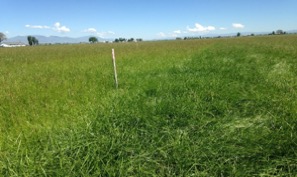
Figure 1. Comparing Fertilized (right side) vs. Not Fertilized (left side) Lewiston Plots in 2015
In Lewiston, researchers placed the irrigation trial in a well-established stand of tall fescue (variety ‘Fawn’) with small amounts of volunteer alfalfa and birdsfoot trefoil in some plots. In Panguitch, the pasture was seeded in 2015 into a terminated alfalfa stand with alternating strips of tall fescue and Cache meadow brome. A small amount of volunteer alfalfa survived from the previous crop.
Researchers fertilized the Lewiston site in the spring of each year with 70 pounds of nitrogen per acre. In 2015, only half of the field was fertilized to determine impact on yield (Figure 1). The Panguitch site was fertilized during the first 2 years of production and then only fertilized with manure from grazing cattle.
Treatments
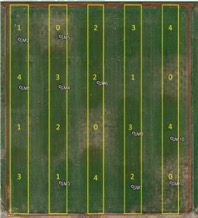
Figure 2. Aerial Map of Lewiston, Utah, Plots Showing Irrigation Levels Source: Google Earth
Irrigation was applied with wheel-lines. Irrigation levels varied based on the length of the irrigation season (Figure 2). The five irrigation levels were:
- Irrigation Level 0 – No irrigation
- Irrigation Level 1 – Irrigation through June
- Irrigation Level 2 – Irrigation through July
- Irrigation Level 3 – Irrigation through August
- Irrigation Level 4 – Irrigation the entire season
Each irrigation treatment was repeated four times at the Lewiston site. Irrigation treatments were replicated two times at Panguitch, but an additional treatment was added at that site. The third treatment included alternating strips of two grass species—tall fescue and Cache meadow brome.
Data Collection
Researchers determined pasture yields by collecting forage samples each harvest at all irrigation levels and species (only at Panguitch). Sampling was conducted by using a forage plot harvester (Figure 3). Bulk grass samples were collected in strips measuring 2.5 feet wide by 10–30 feet long, depending on yield. Subsamples were collected from the bulk samples and weighed in the field, dried, and then weighed again to determine moisture content and dry matter yield.
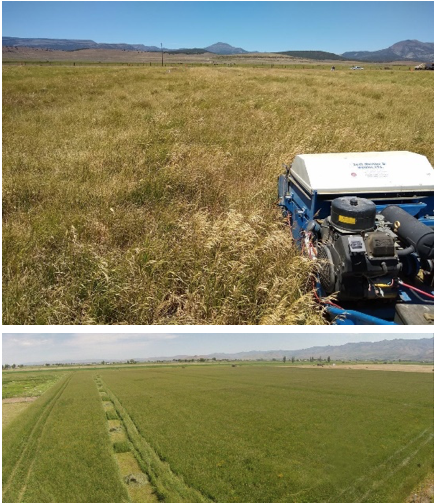
Figure 3. Using a Flail-Type Plot Forage Harvester (top) to Measure Yield in Each Treatment (bottom)
After taking yield samples, the first two harvests each year in the Lewiston pasture were cut, baled, and removed. Cattle or sheep grazed the third harvest in October. After taking yield samples in Panguitch, cattle grazed, and there was no mechanical forage removal.
Weather Conditions
Weather conditions varied over the research period at both locations. In Lewiston, most years were well below the long-term average precipitation levels (Figure 4). The 2015 growing season followed a dry winter with 5 inches of rain in May and a relatively large amount of precipitation during the growing season. The spring of 2016 was wet, with about 7 inches of rain from March to May. The winter of 2017 was very wet. However, precipitation was well below average during the growing season.
Panguitch had precipitation levels at or below the long-term average for most years (Figure 5). Precipitation in 2019 was well above average during April through July. Precipitation was moderately low during the same period in 2018 and was extremely low in 2020.
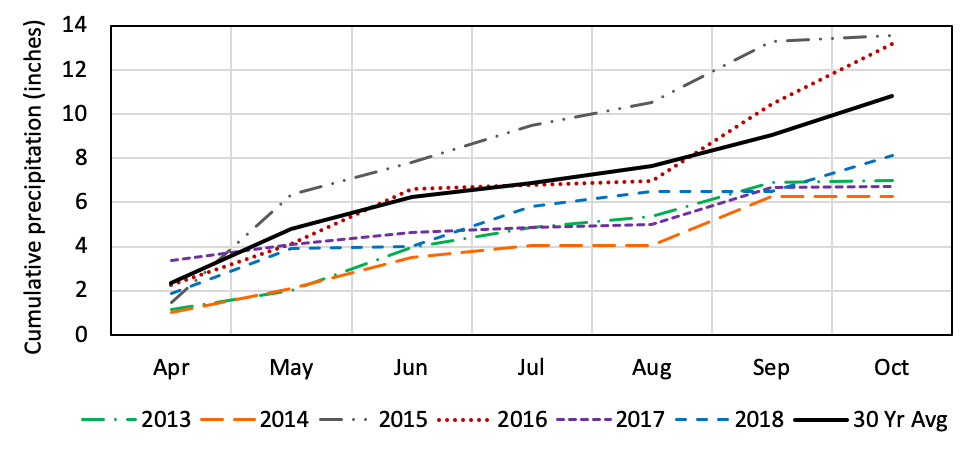
Figure 4. Growing Season (April–October) Cumulative Precipitation at the Lewiston Site During 2013–2018, and the 30-Year Average Precipitation
Source: Utah Climate Center
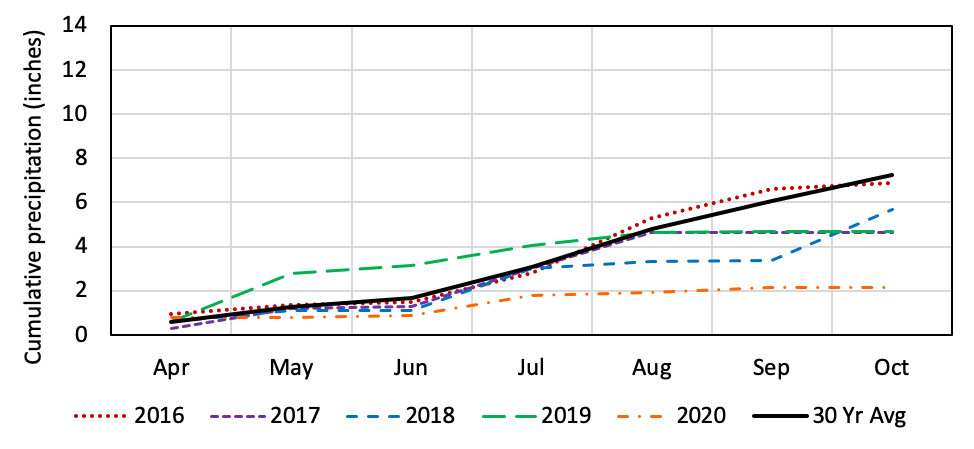
Figure 5. Growing Season (April–October) Cumulative Precipitation at the Panguitch Site During 2013–2018, and the 30-Year Average Precipitation
Source: Utah Climate Center
How Does Nitrogen Fertilization Impact Pasture Deficit Irrigation?
The Cache Valley winter of 2014–2015 was very dry, and some farmers considered not fertilizing their pastures because they doubted they would have enough water for full irrigation. Therefore, at the Lewiston site, we set up strips with and without fertilizer to determine deficit irrigation’s impact on fertilizer needs. It rained over 5 inches in May 2015 and kept raining during the rest of the season, so there were minimal water stress differences among plots.
When yields were measured in 2015, nitrogen fertilizer increased yield at all irrigation levels by 0.7 to 1.1 tons of dry matter per acre (Figure 6). Irrigation did not influence yield in that particular year. Further, nitrogen fertilizer did not influence response to irrigation. This was likely due to an unusually wet summer (about 14 inches from April through October) and a shallow water table at that site (about 3 feet below ground) that allowed deep-rooted grass to access sufficient water in all treatments.
Additional studies are needed in Utah pastures to determine how fertilizer N guidelines might change for deficit irrigation. Utah State University nutrient management guidelines are available for both irrigation and non-irrigated grass hay (Koenig et al., 2002; Cardon et al., 2008) and should be consulted for deficit irrigation scenarios. Rates based on expected pasture yield levels between the irrigated (0–150 pounds N per acre) and non-irrigated guidelines (50 pounds N per acre) may be most appropriate.
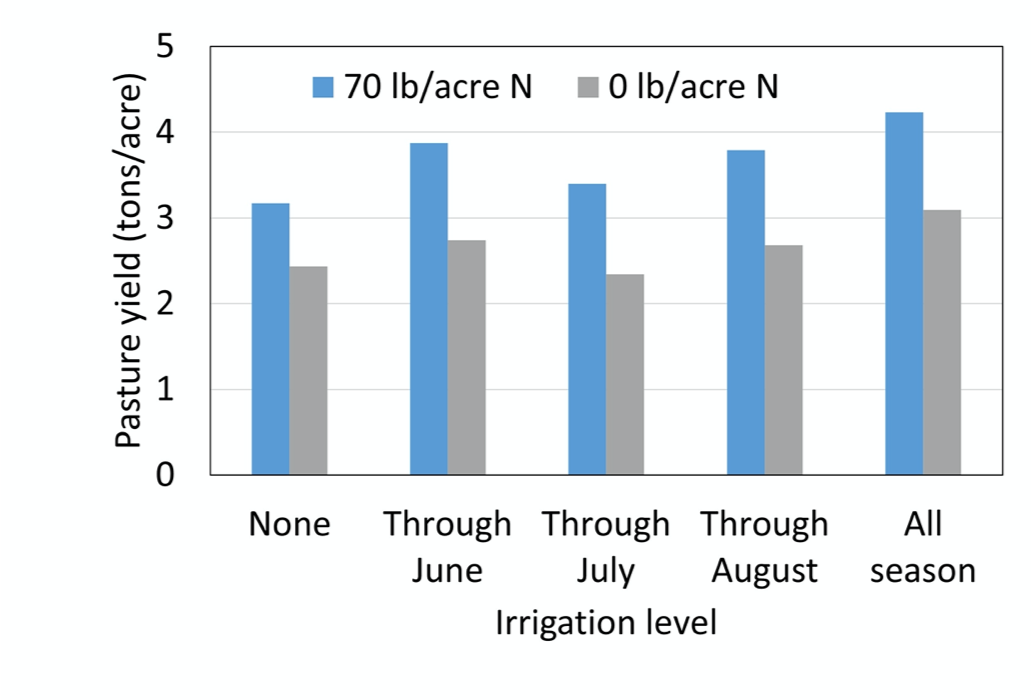
Do Pasture Grass Species Handle Deficit Irrigation Differently?
The two grass species tested at Panguitch (tall fescue vs. Cache meadow brome) are both cool-season grasses. They did not affect the response to deficit irrigation. Forage yield differed in some cuttings between the two species. Tall fescue typically had a greater yield than meadow brome in August and September when pasture ET is generally greater. The greatest yield difference between the brome and fescue came in the first cutting. Despite differences in yield among cuttings, the total seasonal yields were similar for the two species in all years except 2017, where meadow brome had 0.43 tons of dry matter per acre more yield than tall fescue (Figure 7).
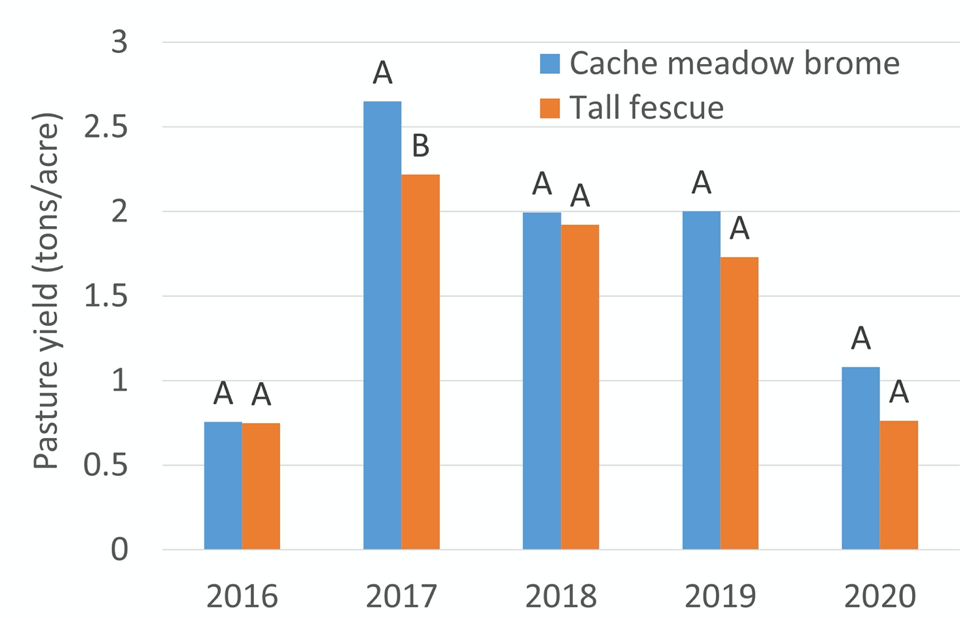
Figure 7. Average Pasture Dry Matter Yield for Tall Fescue and Cache Meadow Brome in Panguitch During 2016–2020
Note. Within each year, yields with the same letter above the bars were statistically similar.
These results show that meadow brome and tall fescue may respond similarly to deficit irrigation in terms of total seasonal yield in Utah. Brome and wheatgrass are known to be more drought tolerant than tall fescue or orchard grass. However, brome and wheatgrass do not always tolerate full-season irrigation and, when fully irrigated, may have dramatic stand decline (Waldron et al., 2002; Orloff et al., 2015). Furthermore, in a study in California, orchard grass tolerated a single season of deficit irrigation, but over several years, it did not persist as well as tall fescue (Orloff & Putnam, 2010). These previous studies suggest that brome may provide slightly more tolerance to deficit irrigation than tall fescue, but the advantages are likely small and dependent on the timing of the deficit.
Previous research has been conducted in Randolph, Utah, to examine the response of eight pasture grass varieties to differing irrigation rates (Hill et al., 2000). All species were fall-seeded and uniformly irrigated two to three times a week until stands were established. Beginning in June of 1998, the grass was irrigated every 1 to 2 weeks with a handline. Plots were arranged at different distances away from the handline to establish different irrigation levels ranging from full to 50% deficit. This deficit irrigation differed from our study because the deficit levels occurred all season rather than ceasing full irrigation at different times in the season. In Randolph, total season grass yields of all varieties decreased as the irrigation rate decreased, and the grass species had little to no effect on the decline. This provides additional evidence that many grass species may handle deficit irrigation similarly.
How Does Deficit Irrigation Impact Pasture Yield?
At the Lewiston site, the average annual dry matter grass yield (2013–2018) for no irrigation to full irrigation ranged from 3.1 tons per acre (no irrigation) to 3.9 tons per acre (full irrigation). The first cutting harvested in mid-June yielded 71% (no irrigation) to 63% (full irrigation) of the total annual yield. The second cutting taken in mid-August accounted for 16% (no irrigation) to 24% (full irrigation) of the annual yield. The third cutting taken in October accounted for 13% of the annual yield for all irrigation levels.
In addition to irrigation level, the annual yields are a function of precipitation, temperature, and fertility. Pasture health was good for all irrigation levels. There was an indication from yield patterns that additional nitrogen would increase yield later in the season (Figure 8). Pasture yields responded to irrigation level in a similar way across all 6 years. Yield was greatest with full irrigation but was statistically the same as cutting irrigation off after July and August. No irrigation, irrigating through June, and irrigating through July also had similar yields. These trends are related to the fact that most of the total annual yield was produced in the first cutting. Therefore, deficit irrigation later in the season had less total impact on the annual pasture yield.
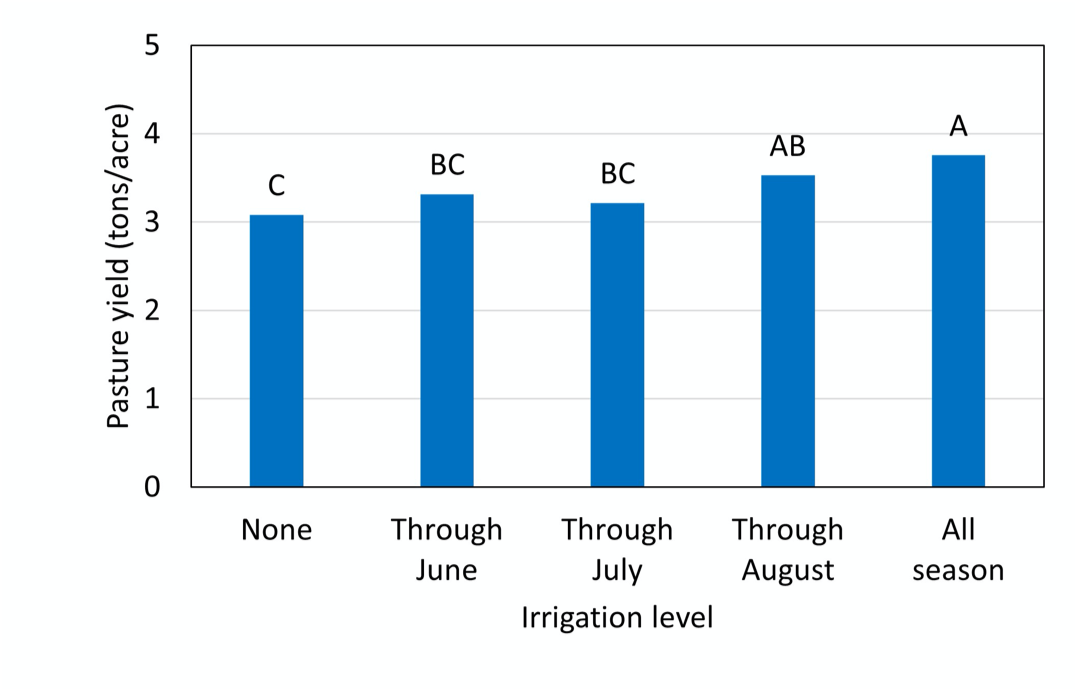
Figure 8. Average Pasture Dry Matter Yield in Lewiston Across 2013–2018 by Irrigation Level, With Results Averaged Across Years Because All Years Had Similar Responses to Irrigation
Note. Yields with the same letter above the bars were statistically similar.
Unlike the Lewiston study, year influenced the yield response to irrigation level at Panguitch. As mentioned earlier, the crop species (brome vs. fescue) did not influence how the deficit irrigation affected pasture yield. Therefore, results are averaged across species (Figure 9). In the first (2016) and last year of the study (2020), irrigation level had no impact on grass yield. It is important to note that full irrigation was not achieved in 2020 at Panguitch due to a broken waterline. As a result, the first two irrigations in early May were missed in all irrigation treatments, reducing grass yield in all irrigated treatments. While no irrigation was necessary to increase pasture yield in 2016 and 2020, take note that without irrigation, the pasture grass stand diminished, and only the persisting alfalfa survived due to low precipitation, especially in the gravelly soils.
In 2017, yield was equal (2.8 tons per acre) and greatest with irrigations through July, August, or the full season. Irrigations through June reduced yield compared to the longer-season irrigation by an average of 0.5 tons per acre or 19%. No irrigation had the least yield (1.4 tons per acre) and was 51% less than the average of the three longest irrigation levels. By contrast, irrigation at any level in 2018 and 2019 produced equal yield (2.0 tons per acre), and all were 0.6 tons per acre greater than no irrigation.
The results at Panguitch show that irrigation is important for maintaining grass stands but that there is opportunity to reduce irrigation without impacting pasture yield in some years. Ceasing irrigation in June produced nearly full production in all years. It was only in 2017 that extended irrigation provided significant gains in total forage production. This suggests that when irrigation water is limited, ceasing irrigation in June and concentrating available water on other crops might be a good adaptation strategy to mitigate losses.
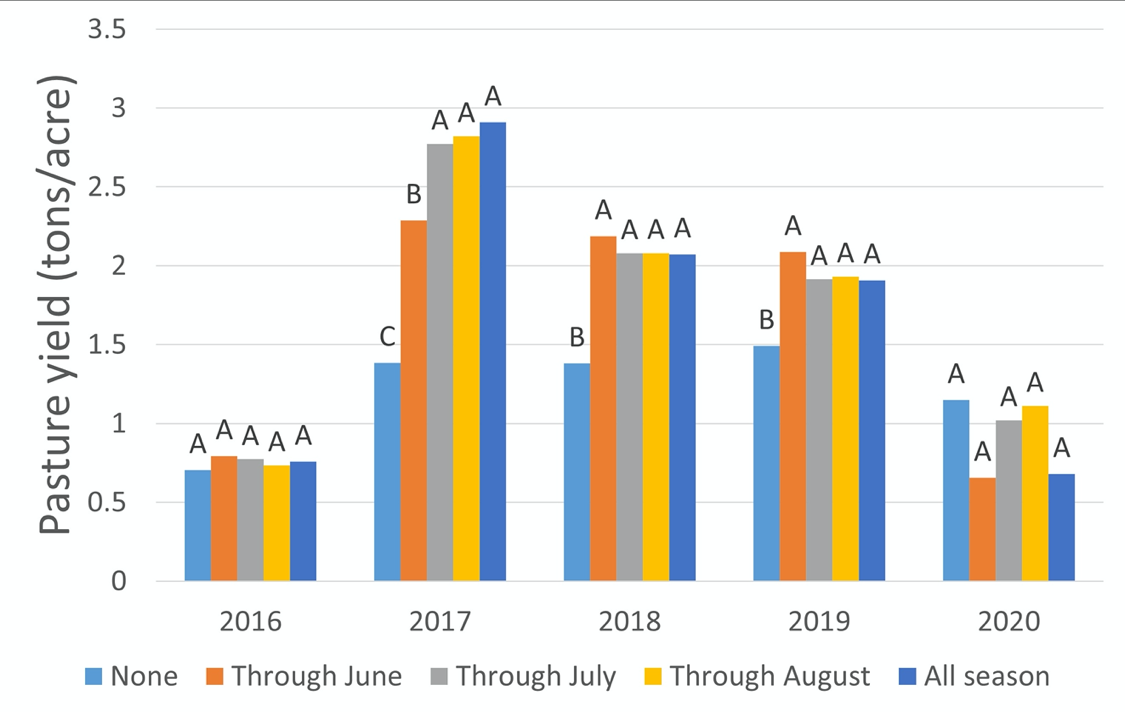
Figure 9. Average Pasture Dry Matter Yield for Tall Fescue and Cache Meadow Brome (No Difference in Response) in Panguitch From 2016–2020 by Irrigation Level
Note. Within each year, yields with the same letter above the bar were statistically similar.
How Much Water Might I Save With Deficit Irrigation?
At the Lewiston site, annual growing season ET calculated from a soil water budget ranged from about 14 to 22 inches plus an unquantified contribution from shallow groundwater. Water savings due to deficit irrigation calculated from the soil water budget was up to 8 inches of ET per year for the irrigation treatment that ceased in June. Using yield as an indicator of ET, the average water savings from deficit irrigation was about 6 inches of ET per year. Water savings in Panguitch were determined through a soil moisture budget because ET was limited by precipitation and irrigation. In 2017, calculated pasture ET ranged from 7 inches for no irrigation to 23 inches for full irrigation for a water savings of 16 inches of ET with the most extreme irrigation reduction (level 1 or irrigation through June). These examples show that producers could save between 6 and 16 inches of water per acre by implementing deficit irrigation strategies.
Summary
Record droughts in Utah have prompted water optimization efforts that include deficit irrigation. Often viewed as a last resort, deficit irrigation can be a wise management practice. Depending on the level of use, deficit irrigation allowed for an estimated 6 to 16 inches ET water savings per acre. While grass varieties vary in their response to water stress, this study indicated no difference in this regard between Cache meadow brome and tall fescue. Thus, either species may be well adapted to deficit irrigation in Utah.
Full-season pasture irrigation will often result in the greatest forage yields and healthiest stands. However, when deficit irrigation is necessary, it is best to fully irrigate early in the season and cut off irrigation later. Fortunately, this strategy pairs well with water availability, which is greatest early in the season due to snowmelt runoff. First pasture cuttings are generally the highest yielding and most efficient in water use. Therefore, reducing the irrigation levels later in the growing season can help reduce the impact of deficit irrigation. In this study, irrigation treatments that ceased water application after June usually resulted in similar seasonal pasture yield as the treatments that continued application through July or later. It is, therefore, recommended to irrigate Utah pastures through at least June, where possible, to maximum pasture performance.
Image Credits
Authors provided all photos and figures unless otherwise noted.
References
-
Cardon, G., Kotuby-Amacher, J., Hole, P., & Koenig, R. (2008). Understanding your soil test report [Fact sheet]. Utah State University Extension. https://digitalcommons.usu.edu/cgi/viewcontent.cgi?article=1825&context=extension_curall.
-
Hill, R. W., Newhall, R., Williams, S., Andrew, B., & Nicholas, S. (2000). Grass pasture response to water and nitrogen [Fact sheet]. Utah State University Extension. https://extension.usu.edu/crops/research/grass-pasture-response-to-water-and-nitrogen
-
Koenig, R., Nelson, M., Barnhill, J., & Miner, D. (2002). Fertilizer management for grass and grass-legume mixtures [Fact sheet]. Utah State University Extension. https://extension.usu.edu/waterquality/files-ou/Agriculture-and-Water-Quality/Fertilizer/AG-FG-03.pdf.
-
Orloff, S., Brummer C., & Putnam, D. (2015). Managing irrigated pasture during drought [ANR Publication 8537]. University of California, 1–7. https://anrcatalog.ucanr.edu/pdf/8537.pdf
-
Orloff, S., & Putnam, D. H. (2010, December 1–2). Adjusting alfalfa cutting schedules for economic conditions. In Proceedings, 2010 California Alfalfa & Forage Symposium and Corn/Cereal Silage Mini-Symposium, Visalia, CA, United States. https://alfalfasymposium.ucdavis.edu/+symposium/2010/
-
Waldron, B. L., Asay, K. H., & Jensen, K. B. (2002). Stability and yield of cool-season pasture grass species grown at five irrigation levels. Crop Science, 42, 890–896. https://acsess.onlinelibrary.wiley.com/doi/abs/10.2135/cropsci2002.8900.
Published January 2024
Utah State University Extension
Peer-reviewed fact sheet
Authors
Matt Yost, Clara Anderson, Niel Allen, Burdette Barker, Melanie Heaton, Justin Clawson, and Earl Creech
Related Research








